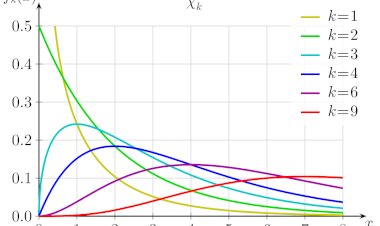How to Write a Winning Six Sigma Project Case
How to Write a Winning Six Sigma Project Case

How to Write a Winning Six Sigma Project Case
Of all the different stages of a Six Sigma project, the one stage that is not given much attention is the Define stage as many of the professionals do not know How to Write a Winning Six Sigma Project Case. Various steps in Define stage Project Charter are not given much attention despite the fact that it acts as a sales pitch for the Project Leader in front of the Top Management.
A well written Project Charter clearly states the importance and the likely setbacks that the company may have to suffer if the project is not undertaken. It draws the management’s attention towards the pain in the process and the difficulty that it is causing. Some essential features of a carefully analyzed and well written Business Case are:
1. Why the project needs to be undertaken : Here it is required to present a brief background behind the issues being faced in the process or the organization and carefully explaining how undertaking this project will be beneficial to the business
2. Potential benefits: After explaining the problem or pain areas, potential benefits using numeric figures must be given to show how much critical undertaking this project is for the company’s good.
3. Future Scenario: A brief description of the rosy picture that successful completion of this project will bring about.
4. Project Goals: The goals or objectives behind the project should be mentioned in unambiguous terms so that everyone is clear about what the result will be once he project is successfully completed. A common goal will act as a target and spur all the people involved in the project to work collectively for the accomplishment of this objective.
5. Active Participation: The likely risks that the project might face in terms of acceptance among all stakeholders and employees and their active participation must be carefully scrutinized and a mitigation plan must be formulated to get a buy in from them. Passive participation of employees and other middle management due to pressure of top management may result in their half-hearted efforts on their part – they may take part just for formality sake. This is why many Six Sigma projects fail because key operations personnel are not convinced about the benefits of the project. Hence every effort must be made to avoid this.
6. Resource Requirements: A Resource plan for the project must be presented showing resources of what type and in which amount are required for the project. Some projects may require heavy resources which may require further clarifications and explanations from different stakeholders
7. Time duration: Finally, a clear time duration plan should be presented mentioning which step or stage would require how much time and by what date, the potential benefits of the project would start flowing in. Other stakeholders or process heads may also require this to have an understanding when will their personnel who are part of this project would be available so that they can plan accordingly.

 Shishu Pal
Shishu Pal 































Comments (0)
Facebook Comments